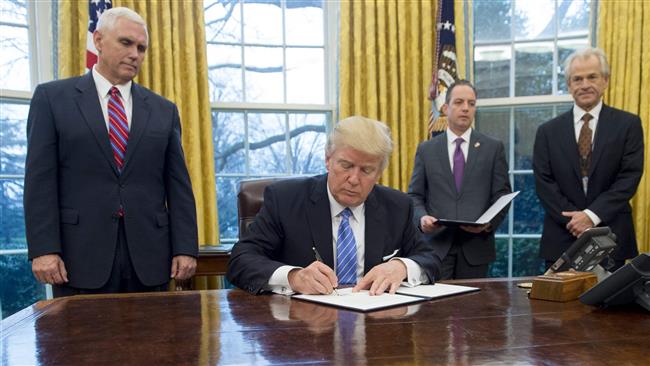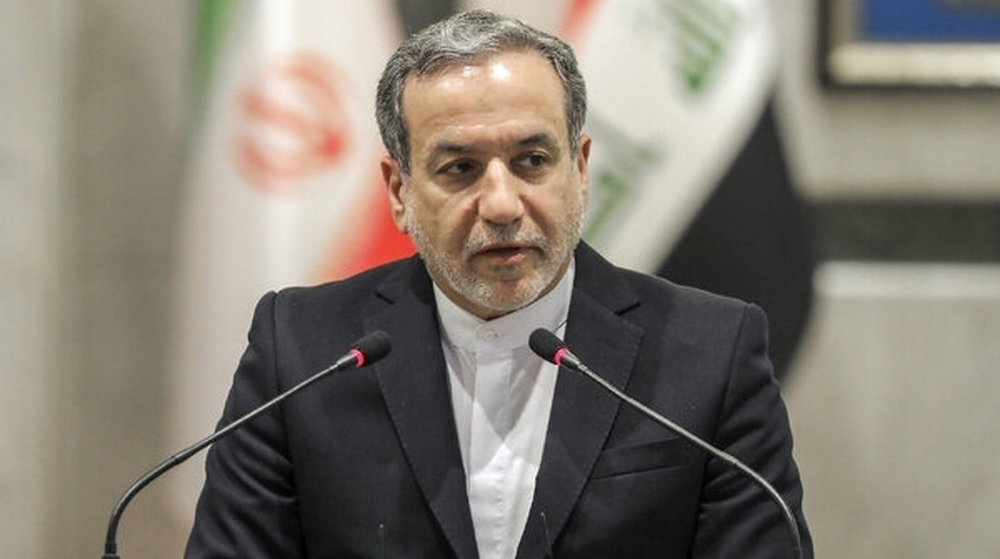Trump signs order to withdraw US from TPP trade deal
President Donald Trump has signed an executive order to withdraw the United States from the negotiating process of a sweeping Pacific trade deal he inherited from his predecessor.
Trump repeatedly vowed during his presidential campaign to withdraw from the Trans Pacific Partnership (TPP), a proposed trade agreement meant to bind the US and Pacific Rim countries.
As a candidate, the billionaire businessman argued that free trade agreements like TPP were lopsided against the US and harmful to American workers and manufacturing. He promised to implement more protectionist trade policies as president.
The executive order on TPP issued Monday was the Trump administration’s first major action to radically reshape US trade policies.
The twelve-country agreement was negotiated under former president Barack Obama, but never ratified by Congress as it faced stiff opposition from Republicans and some Democrats.
Trump will move to begin individual trade negotiations with the countries involved in the TPP, a White House official told NBC News.

For two years, the Obama administration negotiated with the 11 Pacific Rim countries to formulate the agreement that was set to lower trade barriers in a region that accounts for two-fifths of the global economy.
Trump's election victory, however, dealt a blow to the negotiations, sending shockwaves in Asian capitals that had pinned their economic hopes on the deal.
Trump, who was inaugurated on Friday, is also expected to sign an executive order to eliminate the free trade agreement between the US, Canada and Mexico, known as the North American Free Trade Agreement (NAFTA).
The deal, crafted by former president Bill Clinton and enacted in 1994, was intended to remove most trade tariffs between the three countries.
Trump has blamed NAFTA for destroying America's manufacturing sector and called it "one of the worst deals ever" during an October presidential debate with her Democratic rival, Hillary Clinton.
‘All wars have rules. All of those rules have been broken’ by Israel
VIDEO | Report flags India’s violation of rights of Rohingya detainees
Turkey's foreign minister meets Syria's de facto leader in Damascus
'Next to impossible' to rescue patients from Gaza's Kamal Adwan Hospital: Director
VIDEO | Vietnam current prosperity
Report blames gasoil exports for shortage at Iranian power plants
VIDEO | Hind Rajab Foundation names Israeli war criminals vacationing after Gaza genocide
VIDEO | Australians rally for Gaza ahead of Christmas festivities














 This makes it easy to access the Press TV website
This makes it easy to access the Press TV website